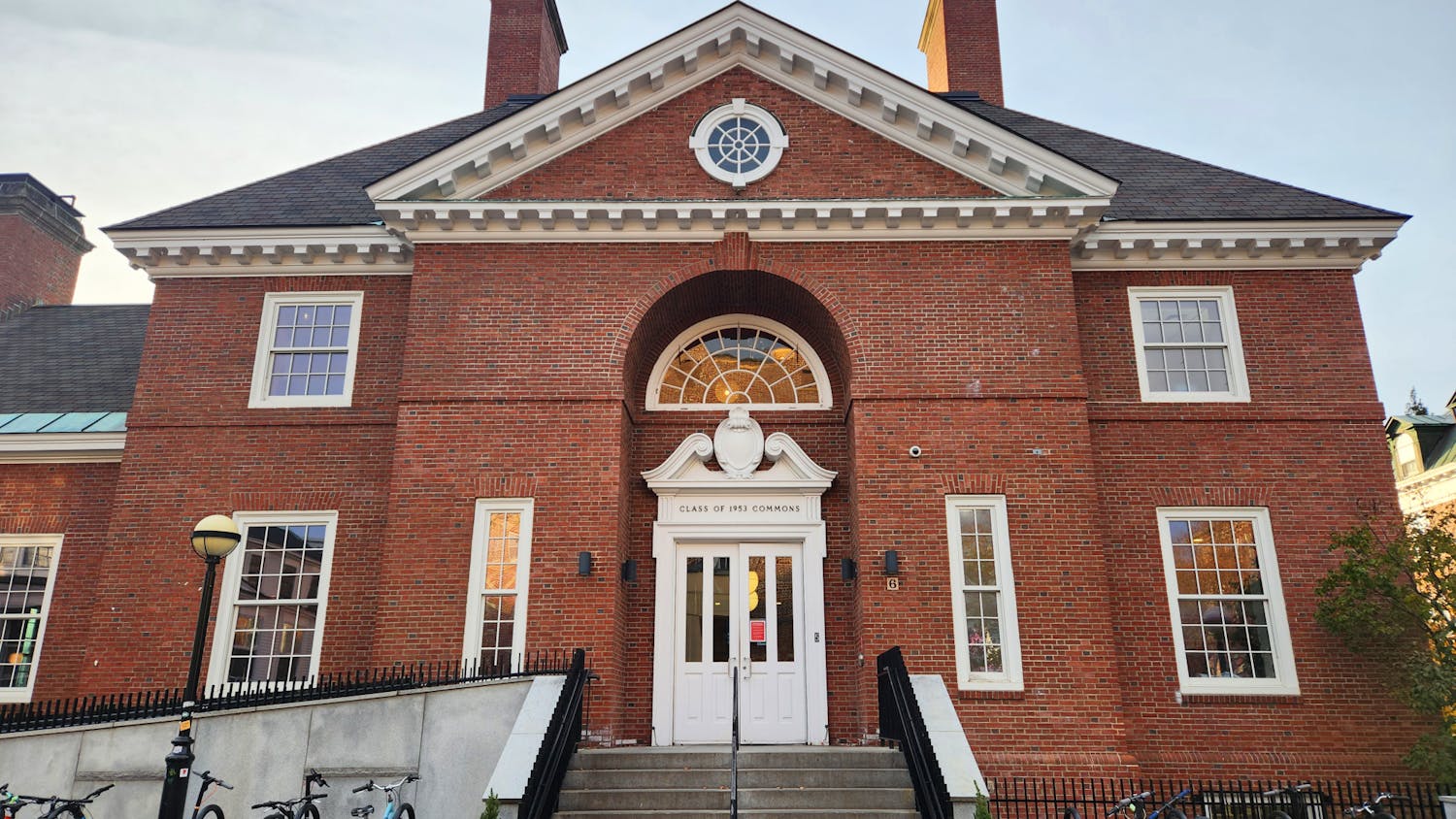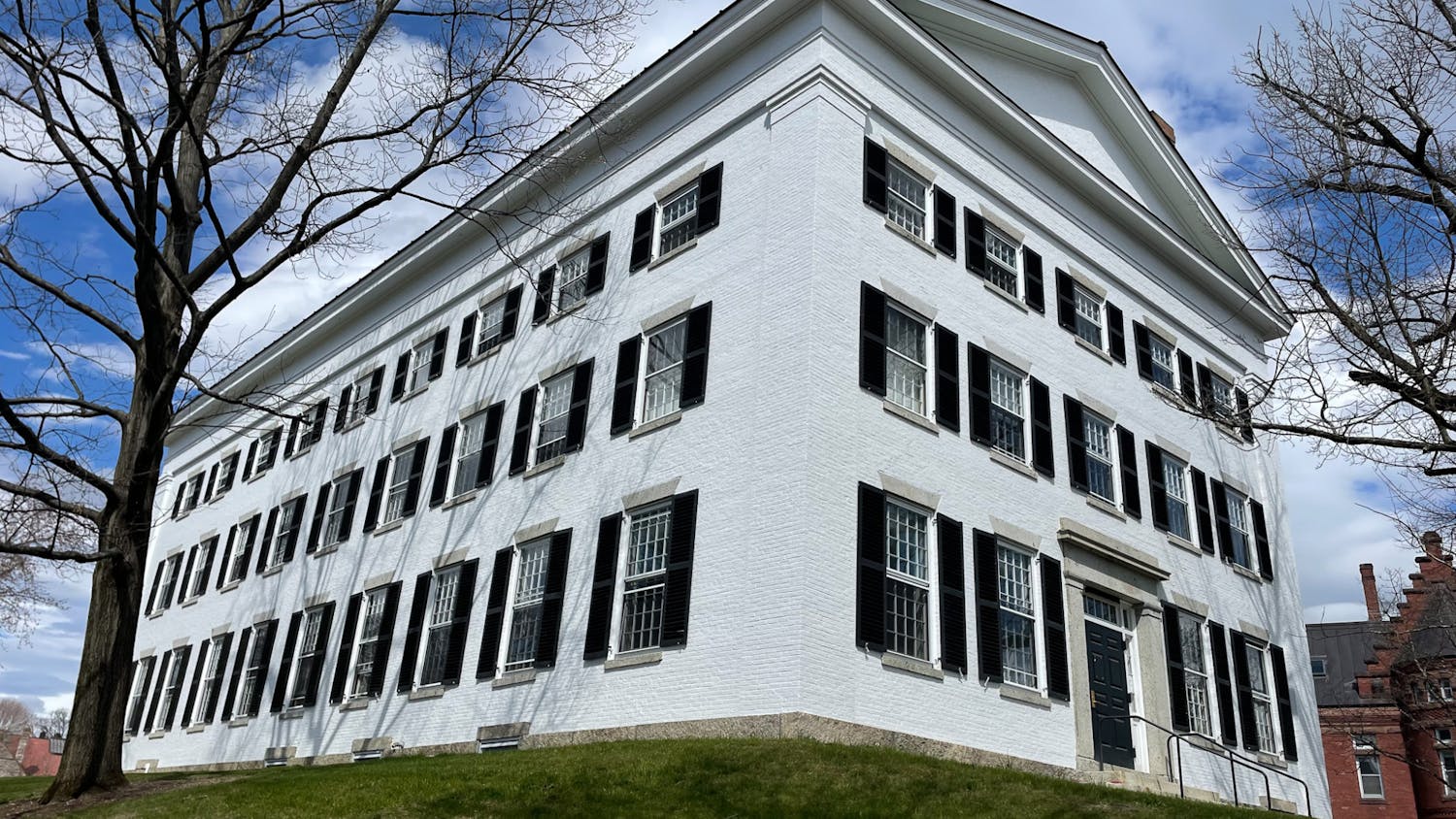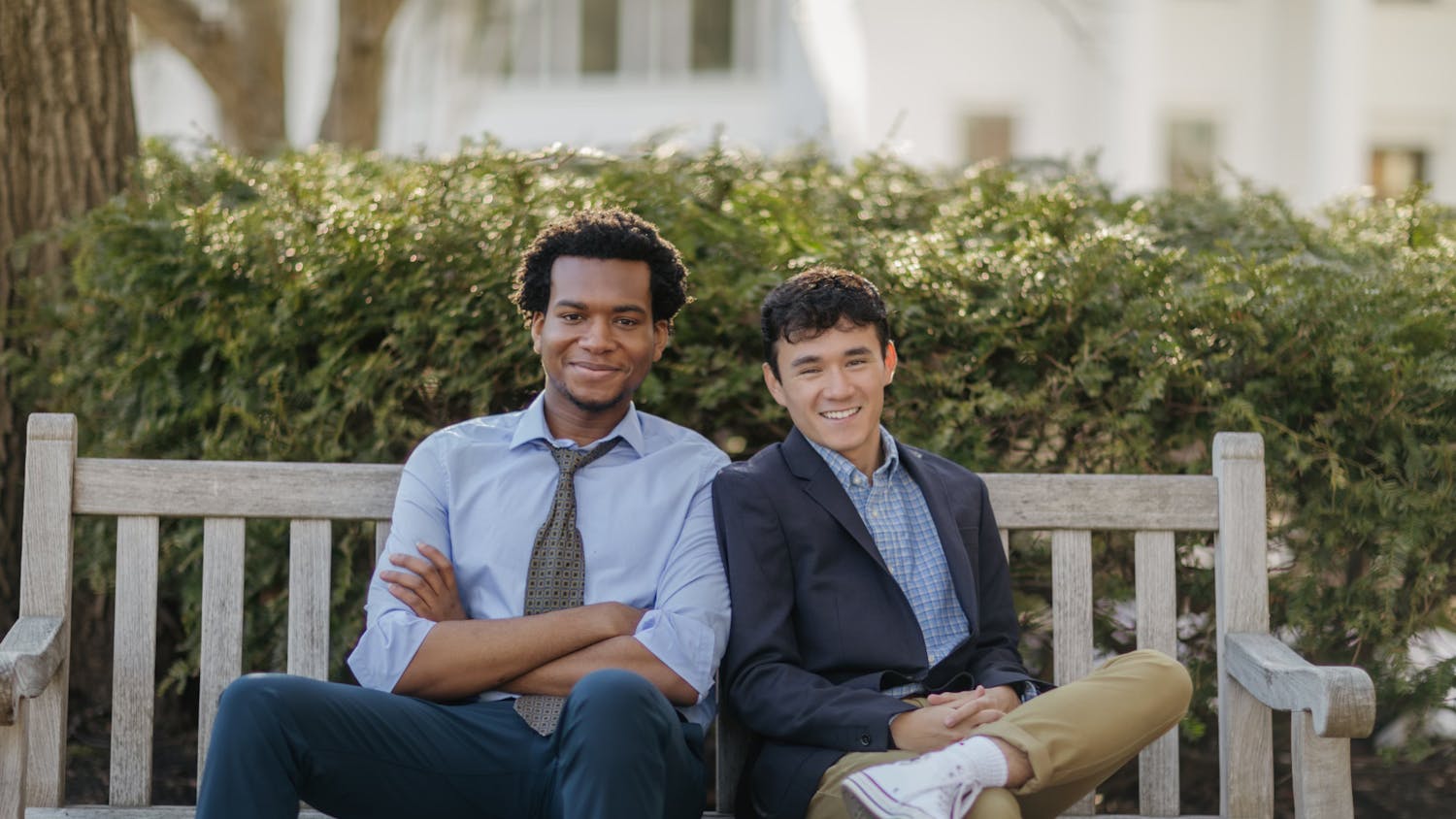Big changes in the way sexual assault is tallied and a higher reporting rate contributed to a jump in the number of sex crimes reported in Dartmouth’s 2015 Annual Report on Campus Security and Fire Safety. The report was sent out via campus-wide email on Thursday.
The rates of alcohol-related offenses, stalking offenses and dating violence also saw an increase, while the number of hate crimes, burglaries and arsons decreased.
The report tallies campus crime and is submitted to the federal government and released each October as a requirement stipulated in the Jeanne Clery Act of 1990.
“We are incredibly fortunate that Dartmouth is a safe and secure environment and community,” Title IX coordinator and Clery Act compliance officer Heather Lindkvist said. “Our community members look out for one another, whether it be through a reporting avenue or getting support for a friend or colleague — we need to emphasize that.”
There were 48 reports of rape reported in locations connected to Dartmouth in 2014. There were also seven cases of fondling. Rape and fondling were previously combined in the “forcible sex offenses” category, which saw 35 reports in 2013 and 24 in 2012.
Although the number of reported rapes and other forced sexual contact have risen, Lindkvist, Safety and Security director Harry Kinne and Student and Presidential Committee on Sexual Assault chair Tori Nevel ’16 all said the rise in reporting is positive.
“That indicates that the College is doing a good job of recording when reporting happens, and that students feel comfortable going forward when they’ve had an experience,” Nevel said. “But the Clery numbers still aren’t really high enough. We would like to see Clery numbers matching the number of people who have experienced assault, because we want people to feel comfortable reporting it to the College.”
Hanover Police chief Charlie Dennis said the vast majority of rapes and sexual assaults go unreported, and the recent American Association of Universities campus climate survey indicated that roughly 34 percent of senior female Dartmouth students experienced sexual assault during their time at the College.
“I think there’s a narrative that an Ivy League degree sets you up for a great future after graduation, but if one third of women are assaulted before they graduate, what does that really say? What are the costs to an Ivy League degree?” Nevel said.
Nevel later clarified that she was also referring to the eight percent of men who reported that they had been sexually assaulted by senior year in the AAU survey.
Awareness and student action may have aided the increase in rape reports, Lindkvist said. In addition to new requirements for preventative training on sexual assault on campuses instituted through the Violence Against Women Act’s amendments to the Clery Act, the four-year sexual assault prevention program planned through the “Moving Dartmouth Forward” policy changes announced last winter may increase reports in the future, she said.
Lindkvist praised programs like the Dartmouth Bystander Initiative for their ability to promote student intervention in situations in which sexual assault may be occurring or could potentially occur.
“The best resource we have is our students,” Kinne said.
SPCSA member Lily Fagin ’16 and Lindkvist both said the splitting of the “forcible sexual offenses” category into the separate fields of rape and fondling was a good idea because it leads to more accurate reporting. The “non-forcible sexual offenses” category in the report was also split into statutory rape and incest. Dartmouth did not have any reports of either offense.
“What the feds have done is split it out so that we’re no longer using those umbrella terms, which is advantageous because it paints a more accurate picture of the statistics on campus, and in terms of the language it’s more appropriate for campuses,” Lindkvist said.
Fagin said counting “dating violence” and “domestic violence” separately in the report also contributed to more accurate data because the former term is more applicable to college campuses.
There were 12 reports of dating violence at Dartmouth in 2014, up from one in 2013, and no reports of domestic violence in either year.
Reports of stalking jumped from four to 17. A large number of new stalking reports relate to cyberstalking, Lindkvist said. Most stalking incidents involve both cyberstalking and conventional stalking, Kinne said.
For the first time, the 2015 report was required to include a section on “unfounded crimes,” or crimes that a law enforcement official investigated and deemed to be baseless. In total, 19 anonymous reports of rape were found to be baseless by Hanover Police.
The new category was instituted through amendments to the Clery Act made through the Violence Against Women Act, Lindkvist said.
The number of crimes reported declined in some areas outside of rape and sexual assault, according to the report.
There were no reports of murder, non-negligent manslaughter, negligent manslaughter or aggravated assault at Dartmouth in 2014, consistent with the prior two years.
Incidences of robbery and burglary were relatively comparable to previous years. Dartmouth experienced one robbery in 2014, up from none in both 2013 and 2012. There were 19 burglaries at Dartmouth in 2014, down from 27 in 2013.
Kinne said the bulk of burglaries at Dartmouth occurred in unlocked rooms and lockers, a problem he and Dennis spoke about to the incoming Class of 2019 during Orientation.
“I would encourage people to take the same precautions as they would at their own home to reduce any crime that might occur,” he said. “It is an idyllic place up here, but it is also part of society. We may not have the same frequency, but periodically we will have the same types of crimes.”
There were five instances of motor vehicle theft in 2014, up from three in 2013. There were no instances of motor vehicle theft in 2012. At least two of the 2014 incidents involved golf carts, Kinne said.
The College experienced fewer cases of arson this year than in years past. No arsons were reported at Dartmouth in 2014, down from three in each of the preceding two years. The reporting process for arson — which must be confirmed by local authorities — is more complicated than other crimes, Kinne said.
The number of liquor-related arrests on Dartmouth property or related to the College remained the same at 100. The number jumped from 16 to 100 the previous year due to a shift in reporting practices recommended by consultants, Kinne said. The new policy now includes many local educational or diversion programs under the category, he said.
An additional 336 incidents occurred in which students were referred to other services for disciplinary action following a liquor law-related violation, up from 243 the previous year and 83 in 2012. A footnote on the report indicated that the “increase does not reflect a change in behavior on campus,” due to a change in reporting.
Arrests relating to drug laws declined slightly from 22 to 21 — there were 16 such arrests in 2012. Incidents in which drug law violations were referred for disciplinary action rose from 20 in 2013 to 51 in 2014, which Kinne attributed to a greater willingness on the part of students to admit to smoking or otherwise consuming marijuana.
There were no reported instances of illegal weapons possession at the College, consistent with previous years.
Dartmouth experienced four reported hate crimes in 2014, of which three occurred on campus and one occurred off campus. One involved a rape “characterized by sexual orientation bias” and the three others involved intimidation, characterized either by sexual orientation, race or national origin-related bias.
There were 10 hate crimes reported at Dartmouth in 2013, and two in 2012.
Like sexual assault incidents, hate crimes are highly underreported, Kinne said.
“I think that we’ve seen an increase in people’s awareness,” he said. “We look at every incidence where it looks like it’s been targeted at an individual or group, and we investigate that and make that determination as to whether or not it becomes a hate crime based on how the [Federal Bureau of Investigation] records that type of information.”



